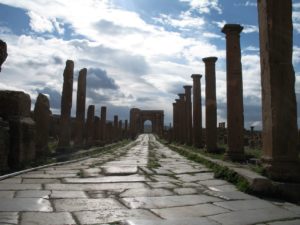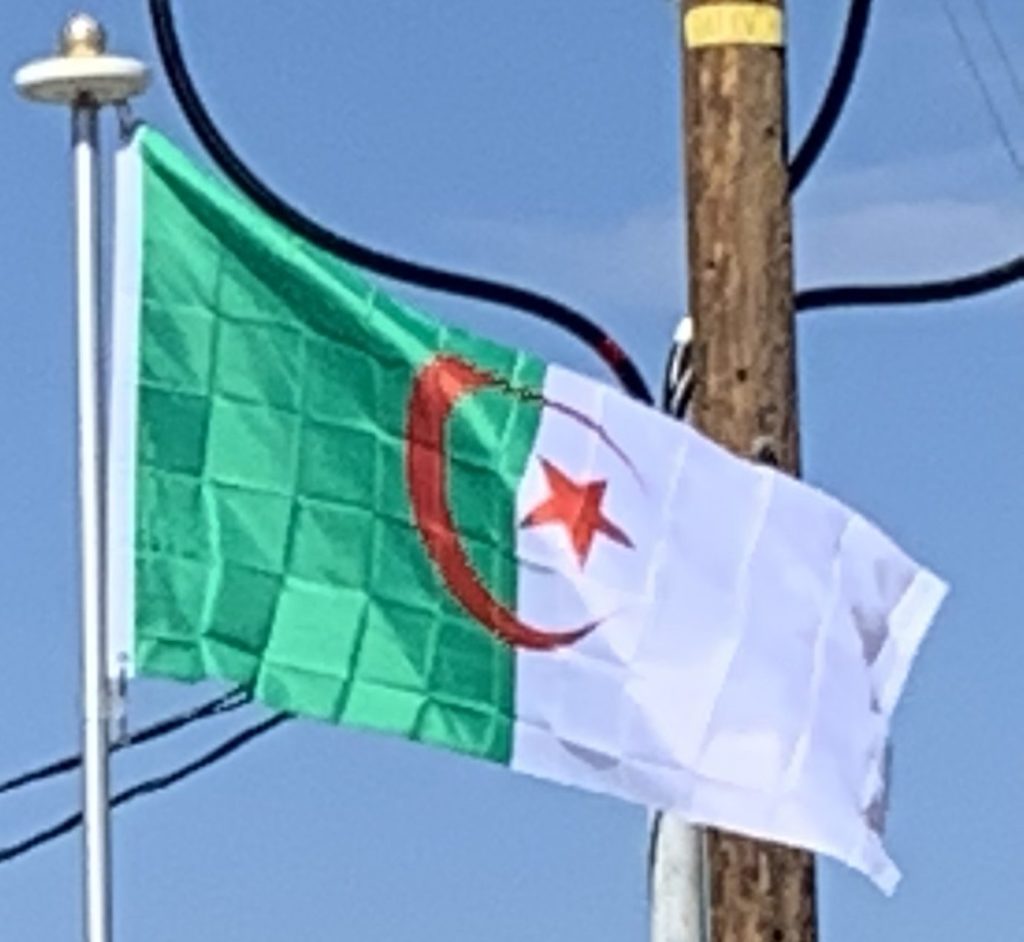From their principal center of power at Carthage, the Carthaginians expanded and established small settlements along the North African coast; by 600 BC, a Phoenician presence existed at Tipasa, east of Cherchell, Hippo Regius (modern Annaba) and Rusicade (modern Skikda). These settlements served as market towns as well as anchorages.
As Carthaginian power grew, its impact on the indigenous population increased dramatically. Berber civilization was already at a stage in which agriculture, manufacturing, trade, and political organization supported several states. Trade links between Carthage and the Berbers in the interior grew, but territorial expansion also resulted in the enslavement or military recruitment of some Berbers and in the extraction of tribute from others.

By the early 4th century BC, Berbers formed the single largest element of the Carthaginian army. In the Revolt of the Mercenaries, Berber soldiers rebelled from 241 to 238 BC after being unpaid following the defeat of Carthage in the First Punic War. They succeeded in obtaining control of much of Carthage’s North African territory, and they minted coins bearing the name Libyan, used in Greek to describe natives of North Africa. The Carthaginian state declined because of successive defeats by the Romans in the Punic Wars.
In 146 BC the city of Carthage was destroyed. As Carthaginian power waned, the influence of Berber leaders in the hinterland grew. By the 2nd century BC, several large but loosely administered Berber kingdoms had emerged. Two of them were established in Numidia, behind the coastal areas controlled by Carthage. West of Numidia lay Mauretania, which extended across the Moulouya River in modern-day Morocco to the Atlantic Ocean. The high point of Berber civilization, unequaled until the coming of the Almohads and Almoravids more than a millennium later, was reached during the reign of Masinissa in the 2nd century BC.
After Masinissa’s death in 148 BC, the Berber kingdoms were divided and reunited several times. Masinissa’s line survived until 24 AD, when the remaining Berber territory was annexed to the Roman Empire.
For several centuries Algeria was ruled by the Romans, who founded many colonies in the region. Like the rest of North Africa, Algeria was one of the breadbaskets of the empire, exporting cereals and other agricultural products. Saint Augustine was the bishop of Hippo Regius (modern-day Algeria), located in the Roman province of Africa. The Germanic Vandals of Geiseric moved into North Africa in 429, and by 435 controlled coastal Numidia. They did not make any significant settlement on the land, as they were harassed by local tribes. In fact, by the time the Byzantines arrived Lepcis Magna was abandoned and the Msellata region was occupied by the indigenous Laguatan who had been busy facilitating an Amazigh political, military and cultural revival.
Middle Ages:
After negligible resistance from the locals, Muslim Arabs of the Umayyad Caliphate conquered Algeria in the mid-7th century and a large number of the indigenous people converted to the newly founded faith of Islam. After the fall of the Umayyad Caliphate, numerous local dynasties emerged, including the Aghlabids, Almohads, Abdalwadid, Zirids, Rustamids, Hammadids, Almoravids and the Fatimids.
